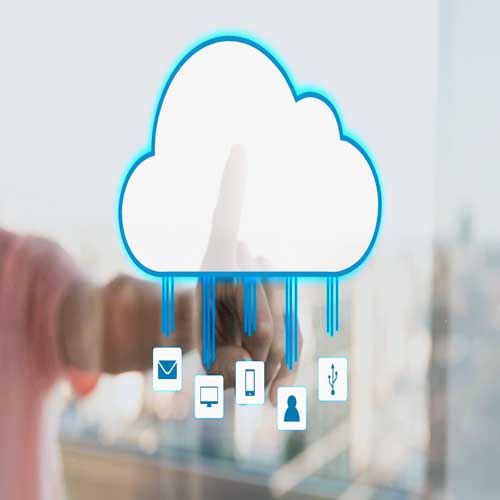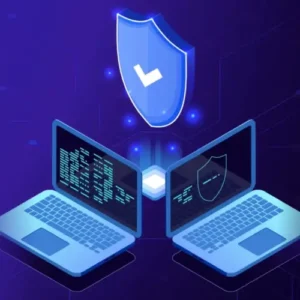Cloud PBX and SIP Trunking are quite comparable in many respects. They are both VoIP solutions that perform related tasks, connect to an endpoint using the session initiation protocol (SIP), and are excellent migration choices for companies outgrowing their legacy systems.
But there are a few crucial characteristics worth mentioning for firms seeking to choose between the two.
The Differences Between Cloud PBX and SIP Trunking
The main distinction between the two approaches is that SIP Trunking links your physical, on-premise PBX to the internet, whereas a Cloud PBX is a cloud-based system hosted by your service provider. In other words, a Cloud PBX is a brand-new, virtual phone system, but SIP Trunking enables the phone system you already have.
This important distinction can have an impact on everything from initial expenses and hardware specifications to ongoing maintenance and equipment kinds.
Various endpoint types
In a VoIP system, endpoints refer to the place where a SIP session terminates or the hardware that the session connects to. These are frequently physical phones for Cloud PBX users, like Poly or Yealink phones, for instance. Another typical Cloud PBX endpoint is a softphone. Of course, there are also conference phones and all the accessories they offer, such as cameras, microphones, and smartboards.
In contrast, an IP-PBX is the most typical endpoint when using SIP Trunking. Customers of SIP Trunking mostly use the trunks to support their Mitel, Avaya or Cisco. Then there are analog adapters, also known as ATAs. These consist of things like fax machines, fire panels, and service elevator lines.
Hardware Price
A Cloud PBX solution will significantly reduce your early setup costs, assuming you’re beginning from scratch with no equipment. You don’t need any additional hardware besides any necessary physical phones and the power over ethernet (PoE) switch to link them to your local area network because your provider hosts and maintains the PBX itself (LAN).
If we’re assuming the same thing about starting from scratch, SIP Trunking will be somewhat expensive initially. We wouldn’t suggest this solution here because you’d need to buy an on-premise PBX and the trunks. However, SIP Trunking makes a lot more sense if your company has already made a PBX investment. Simply enhancing the initial investment you made.
Maintenance
Since your provider is currently hosting your Cloud PBX offsite, you may have already figured that they would be responsible for all maintenance. It is their duty to fix any issues that arise with the apparatus or system. Updates are therefore automatically handled by your provider as well.
However, with SIP Trunking, your own IT personnel is required to handle all updates and routine maintenance. This necessitates having internal knowledge on hand, which adds additional expenditure to consider.
Making a Decision: Cloud PBX vs. SIP Trunking?
So how can one choose between Cloud PBX and SIP Trunking in the simplest manner possible? That’s simple: Do you already have a PBX that supports SIP?
If so, it wouldn’t be prudent to discard your investment. In this situation, SIP Trunking makes sense. Once SIP Trunks have been connected by a service, you are ready to go. A Cloud PBX solution is ideal for you if you don’t already have a PBX or if your current PBX is out-of-date and unable to support SIP. Your system will be hosted by your supplier on a multi-tenant PBX.










